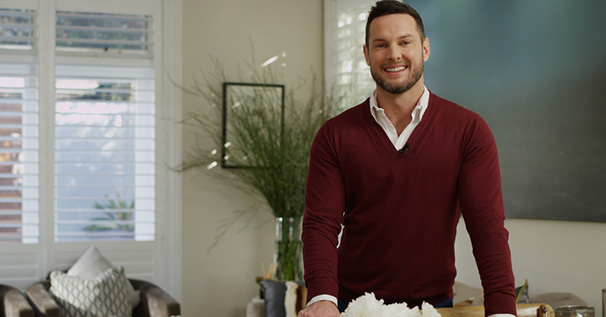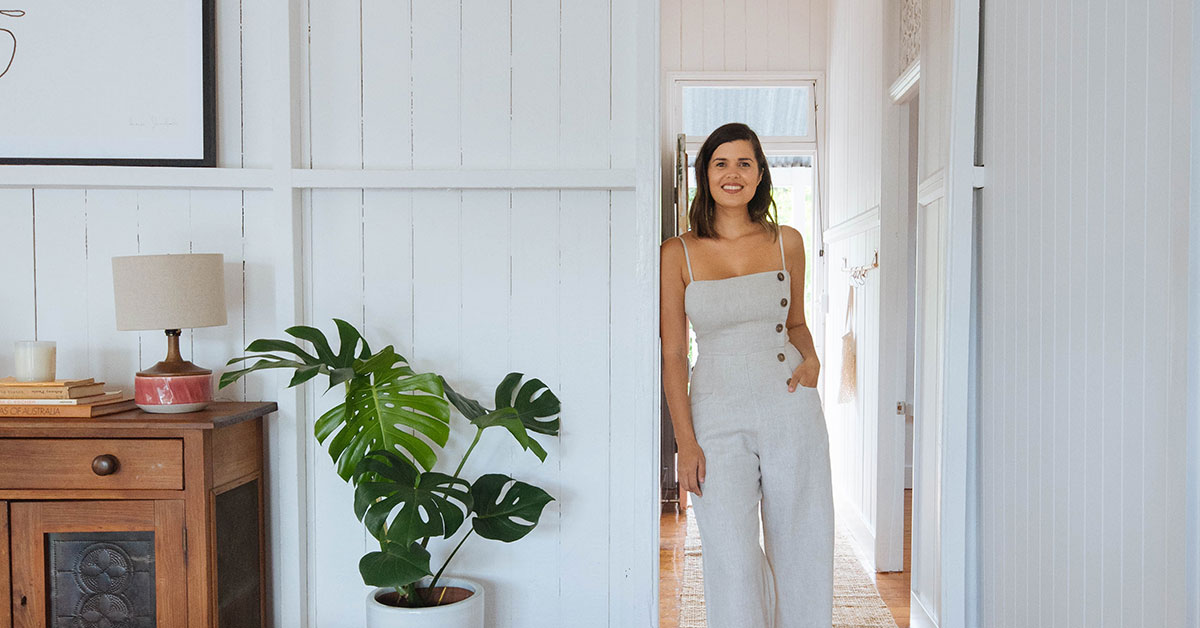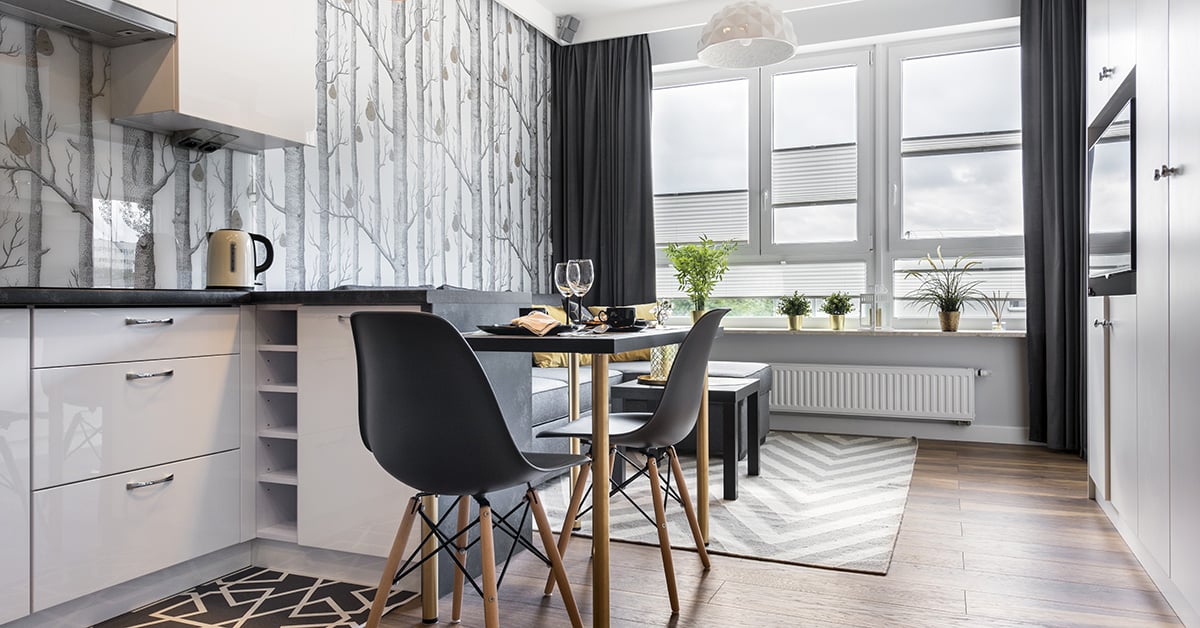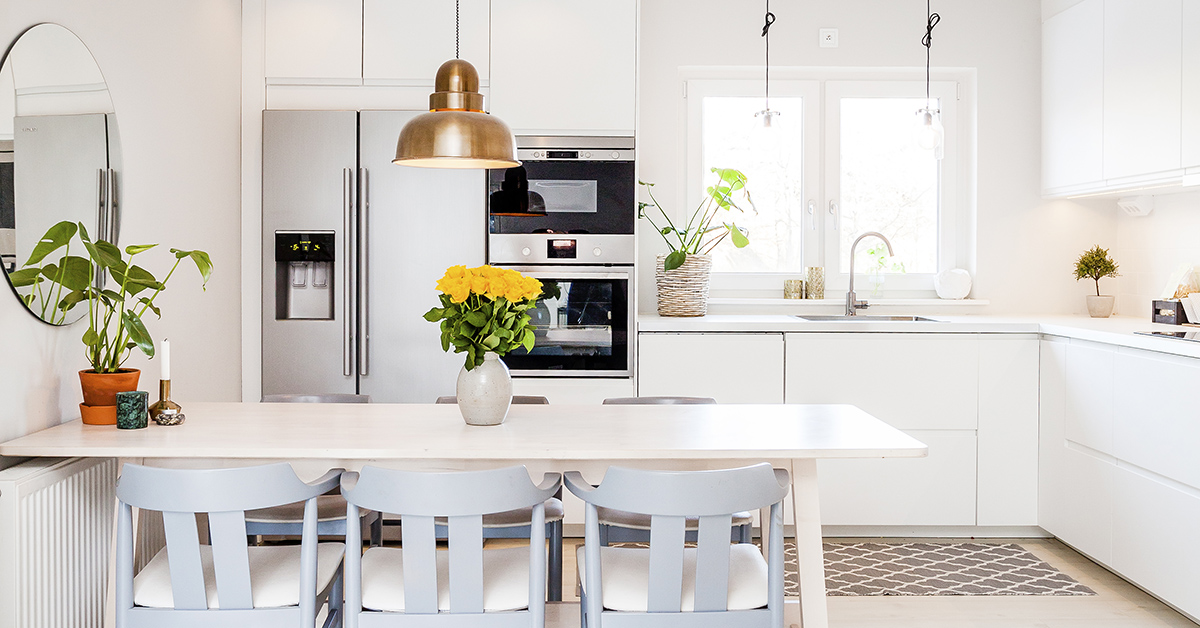Darren Palmer on Selling His Own Home - Due Diligence, Pricing and Styling

As recently as last year I was faced with a decision whether to move and sell my house un-renovated or move after I’d improved it and realised some more value in my property. The decision was based purely on finances, broken into two factors, cash flow and equity.
Should I Stay or Should I Go?
As recently as last year I was faced with a decision whether to move and sell my house un-renovated or move after I’d improved it and realised some more value in my property. The decision was based purely on finances, broken into two factors, cash flow and equity.
We were looking to trade up so we wanted to know whether we were better off saving our funds by selling our place as is, or pooling our resources, improving the value, getting a premium for our property and then rolling it into our next venture.
We needed to know which way we were going to go before we started obviously, so to do that we had to do a few simple sums.
We’d purchased our home for $1.35m in mid 2013 and by the time I was considering moving on, 18 months later, the property had increased $150,000 due to the market. Not a bad increase by anyone’s standards but it wasn’t going to be enough equity for us to substantially trade up into a bigger house in a better location.
A neat side note that you might want to consider is that if you’ve been fortunate to see market driven growth without improvement in your own property that has been shown by your bank valuation right at the beginning of your decision making process, you may be able to borrow against the equity that has built up in order to improve your property. My understanding is you can access as much as 80% of the equity sitting in your home but the best thing to do if this idea interests you is speak to your bank manager to see what they might be willing to do to assist you in your particular situation.
I did my due diligence and had the property valued in its current state. I also conveniently had my neighbours valuing theirs at the same time due to their own plans for home improvement so I had two like for like comparisons as well as a swathe of recently sold homes in the street and a comprehensive local market report from LJ Hooker Double Bay, that showed me the upper price I could achieve for my place with a tidy renovation.
I was lucky to have great conditions for a comparison right outside my door but if you don’t the best thing for you to do is jump online and contact your local LJ Hooker agent as they have their finger on the pulse with regards to recent sales – I say sales and not properties for sale as they are speculative whereas real market data from your local real estate agent reflects what the market is willing to pay.
If you don’t have recent sales in your street some great places to look for comparisons are realestate.com.au, domain.com.au and specialty property data sites such as RP data and definitely talk to your local LJ Hooker agent. They will be able to compile a list of like for like comparisons for properties similar to yours in terms of land size, internal size, bedroom quantity, bathroom quantity, position and amenity in the same geographic location i.e. the same suburb or immediately surrounding suburbs. You’re looking for properties that have been improved or developed in a similar way to that which you intend to.
Once you have your good, higher price point value comparison you need to understand what the gap between your current property value is and what the possible improved value would be by averaging out your comparisons. In my case I needed several hundred thousand to improve and several hundred thousand more as profit to trade up.
The next step is to scope what you will need to do to your property to improve it to that level. Create a brief, write a scope and once you’ve become clear what improvements you need to do and detailed it in terms of finishes and inclusions, get the project quoted by a few builders. Allow yourself a buffer for variations of anywhere from 10 to 20% to see if what you want to spend on your renovation and what it will cost you line up. If you have enough left over for your desired profit margin then all signs seem to point toward an improvement. It’s important to remember things like holding hosts (levies, rates, rental on another property to live in during the renovation etc) and selling costs (marketing costs, agents commissions, legal fees and tax where applicable) when you’re doing the math on your reno + profit scenario.
 |
In my case the numbers were pretty clear. If I sold as is I could have hoped for a capital gain, and therefore equity to roll into the new property of $150,000 to $200,000. With a $250,000 renovation though I was able to achieve a $2.1m sale price through LJ Hooker’s Double Bay branch giving me a profit of $450,000 after my holding costs and commissions were paid. The difference of $200,000 extra when you’re considering every cent as a deposit means an extra chunk of borrowing which in turn allowed me to climb another few rungs higher on the property ladder.
 |
Of course the numbers won’t always point you towards a renovation and you may need to hire a designer or architect to realise your vision of your own home but some simple maths up front will point you in the right direction when you’re thinking about whether or not to improve your home.
 |



